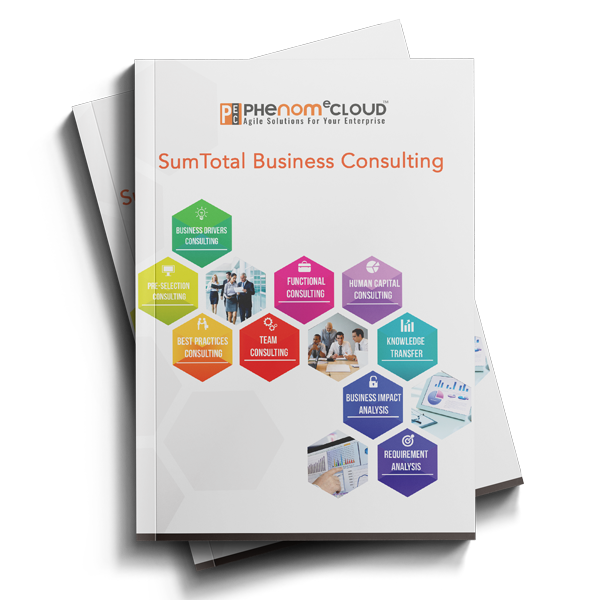
The growth of regulation at every level of government has made compliance a top concern of most organizations. The annual cost of new Federal regulations since 2009 is over $100 billion. It seems the answer to every question is a new law with a new bureaucracy to enforce it.
Training is expensive, but non-compliance can cost many times more. A single incident is expensive, and multiple violations can cripple a business.
If your compliance training is an annual event where the objective is only to check that the employee attended, you can expect employee participation to mirror your low expectations. Last year’s boring lecture will have much less impact on an ethics decision than last week’s reinforcement learning.
Changing compliance from an annual event to ongoing learning also creates the opportunity to update learning as regulatory changes occur, further minimizing your risk.
If you want compliance to be part of your culture, you will need to apply modern learning methods. We now have just-in-time learning, spaced repetition, chunking, and mobile apps to make learning stick. We should use those methods in compliance training to make it part of everyday work. These techniques need not apply only to online learning. One of our colleagues, who is a training director for a construction company, has worked with work crews to start each day with a short job site safety tip.
We recommend you take the right steps to maximize the value your LMS can contribute to excellence in compliance. A modern learning management system has all the tools you need to make your compliance programs a disciplined practice. Most of the recommendations on our list are configurations your administrators can do. More complex tasks may need help from your IT group or your consulting partner.
- Integrate your LMS and HR system of record. An error in manager/employee reporting relationships or an organization error can cause follow-up communications to go astray. Build your integrations so your HR database updates the organizational structure and communication information in your LMS without delay.
- Use communication tools. Email notifications are easy to configure, but a manager who gets hundreds in a day can easily miss one. Consider other methods such as push notifications to workstations and mobile devices. Set due dates and milestones with automatic reminders to employees and their supervisors. Consider escalating communications so managers know when their direct reports’ subordinates fail to enroll or complete training.
- Use learning techniques to make short bursts of training engaging and memorable. Avoid long lists of rules. Instead, create real-life situations where learners can make the kind of decisions they will face in their work. If you provide ILT, allow plenty of time for people to work through situational scenarios.
- Develop dashboards for managers and executives so they always know the current compliance status. Allow users to drill down to isolate problem areas and take immediate action.
A robust compliance program can help you with your preventative training, from safety certification for new employees to situational ethics training for top executives. Leverage your LMS to support your efforts and make sure your risk managers always have their fingers on the pulse of the organization.
Enhance The Value Of Your SumTotal Investments
Find out how PhenomᵉCloud can help you maximize value with direct impact on business results.

PhenomᵉCloud is a comprehensive technology solutions provider committed to empowering businesses to overcome challenges, enhance their workforce capabilities, and achieve superior outcomes.

Leave a Comment